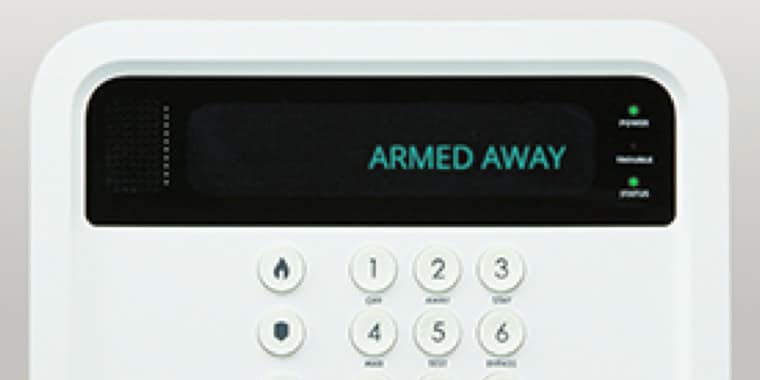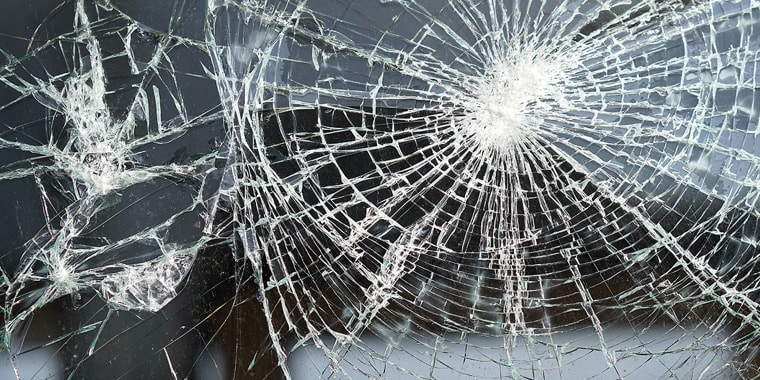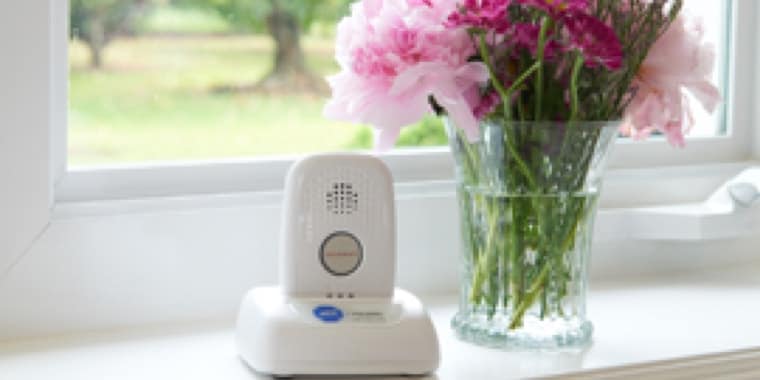Your home should be your happy place, but oftentimes there are numerous fire hazards hiding in plain sight. In 2017, residential fires across the United States caused $23 billion worth of damages and resulted in more than 3,000 deaths.
The good news is you can protect your home and loved ones from house fires by planning ahead and knowing where to look for potential fire hazards in your home. And, of course, by making sure all smoke detectors and fire alarms are functioning properly.
Kitchen
Over 50 percent of residential fires originate in the kitchen. The best way to prevent kitchen fires is to pay attention while cooking.
DO:
Clean your oven, stovetop, microwave and toaster regularly – baked-on residue or grease will increase the risk of fires
Keep a fire extinguisher nearby
Cover fires that start in pots or pans with a lid to help smother the flames
Replace old or broken dishwashers with updated models
DON’T:
Leave the kitchen while the stove or oven is in use
Block hood vents
Throw water on grease fires
Keep kitchen rags or towels near electrical appliances
Microwave materials that are not microwave-safe (i.e. aluminum foil, Styrofoam and plastics)
Laundry
Dryers present a common fire hazard in the home that is often overlooked. In fact, according to the Red Cross, dryers are responsible 9 out of 10 appliance fires.
DO:
Habitually clean your dryer’s lint screen (ideally after each use)
Replace old or broken dryers with newer, safer models
Check and clean the hose connection at the back of your dryer at least once a year
DON’T:
Run the dryer when you’re not home – if the dryer overheats and you’re not there to turn it off, it is more likely to catch fire
Heating equipment
You regularly check your home’s fireplace or chimney, but what about other heating systems? Gas generators, space heaters and candles all pose the risk of catching fire if not properly attended.
DO:
Get your fireplace, chimney, furnace and water heater inspected and cleaned by a professional once a year – ideally before the winter season begins
Use a metal or glass fireplace screen to catch any embers or sparks that might escape
Store flammable items (such as curtains, blankets and Christmas Trees) at least three feet away from any heat source
Shut off and unplug space heaters before you leave
DON’T:
Leave fires, burning candles or open flames unattended – if it’s still smoldering, it’s still a fire hazard
Keep portable gas generators inside or near a window – this will also help prevent the inhalation of toxic carbon monoxide
Bedroom & living room
Bedroom and living room fires account for 73 percent of house fire fatalities. Usually bedrooms and living rooms are swathed in fabrics, including bedding, clothing, drapes and blankets; while none of these pose an inherent risk, they become fire hazards when they come in contact with nearby electronics and plugged-in appliances.
DO:
Check that your mattress adheres to the Federal Mattress Flammability Standard code
Install smoke alarms in each bedroom
Create a fire escape plan for each member of your family
Install auto-shutoff outlets for the electronics you use most often (TVs, phone chargers, hair styling tools)
Replace older, more flammable CFL lightbulbs with low-heat LEDs (Bonus: LEDs are also more energy-efficient!)
DON’T:
Fall asleep with lit candles nearby
Smoke cigarettes indoors
Overload extension cords or power strips with too many plugs
Outdoor fire hazards
Fire hazards aren’t just inside your home, so now it’s time to check your backyard. Grills, barbeques, firepits and outdoor lighting are all potential fire hazards if not maintained properly.
DO:
Regularly clean grills and BBQ equipment before and after use
Clear ashes and debris from firepits regularly
Store gas, kerosene and other flammable liquids in tightly sealed containers at a safe distance away from heating sources
DON’T:
Place grills directly against your house or underneath tree branches – they should be at least 10 feet away from any structure
Use indoor lighting (such as string lights) outdoors
Leave old newspapers in warm, damp places – they can actually self-combust!
Related Articles
1. Ben Evans. "Fire Loss in the United States During 2017". Accessed March 1, 2019.
2. Mary Kate Frank. "Beware of Hidden Home Fire Hazards". Accessed March 1, 2019.
3. Nick Gerhardt. "These 20 Hidden Things in Your Home May Be a Fire Hazard". Accessed March 1, 2019.
4. Redcross. "Is Your Home a Fire Hazard". Accessed March 1, 2019.





